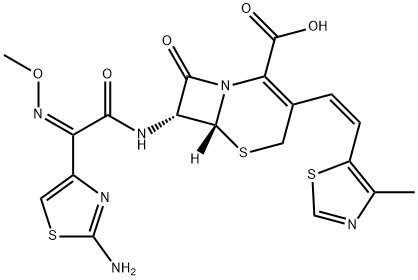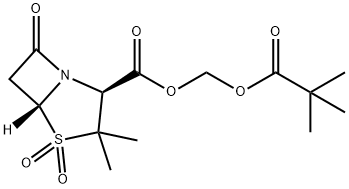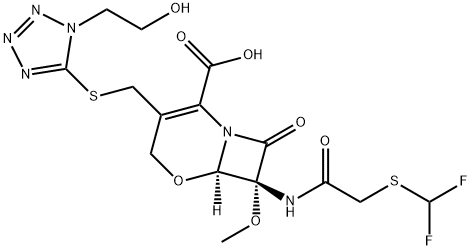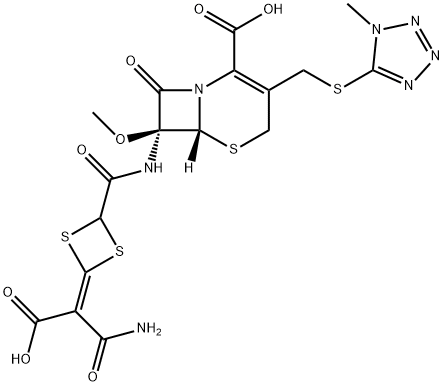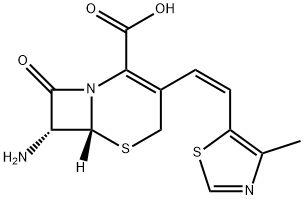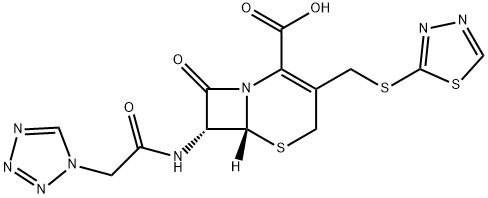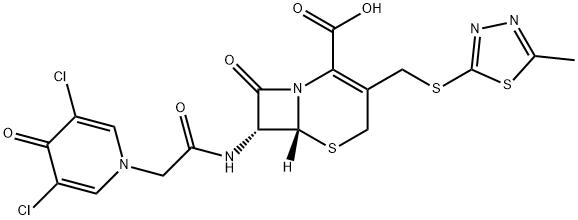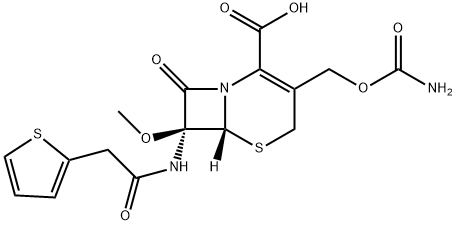Cefditoren pivoxil
- CAS NO.:117467-28-4
- Empirical Formula: C25H28N6O7S3
- Molecular Weight: 620.72
- MDL number: MFCD00933166
- EINECS: 688-157-7
- SAFETY DATA SHEET (SDS)
- Update Date: 2025-12-18 08:53:48

What is Cefditoren pivoxil?
Description
Cefditoren pivoxil is an orally active third generation cephalosporin introduced in Japan as a treatment for a broad range of bacterial infections including dermatological and other community acquired infections. Cefditoren pivoxil is reported to have a broad spectrum of activity against both Gram-positive and Gramnegative bacteria, more potent than many other existing agents of its class. In particular, it shows the highest therapeutic activity against S. pneumoniae and S. marcescens infections. It exhibits resistance to β-lactamase hydrolysis typical of third generation cephalosporins. As a prodrug of cefditoren, it is readily absorbed through GI tract and has low toxicity and side effects.
Description
Cefditoren pivoxil is an orally bioavailable prodrug form of the broad-spectrum cephalosporin antibiotic cefditoren. Cefditoren pivoxil is hydrolyzed by intestinal wall esterases to form cefditoren. Cefditoren pivoxil is effective against systemic S. aureus, E. coli, K. pneumoniae, P. mirabilis, or S. marcescens infections in mice with ED50 values of 10, 2.5, 11, 4.4, and 11 mg/kg, respectively. Formulations containing cefditoren pivoxil were previously used in the treatment of acute bacterial exacerbations of chronic bronchitis and community-acquired pneumonia.
Chemical properties
Off-White Powder
Originator
Meiji Seika (Japan)
The Uses of Cefditoren pivoxil
Cefditoren Pivoxil is an antibacterial and is a third generation cephalosporin.
The Uses of Cefditoren pivoxil
An antibacterial. Third generation cephalosporin
The Uses of Cefditoren pivoxil
antidepressant
What are the applications of Application
Cefditoren Pivaloyloxymethyl Ester is a third generation cephalosporin and β-Lactam antibacterial
Definition
ChEBI: The pivaloyloxymethyl ester prodrug of cefditoren.
Manufacturing Process
A mixture of THF (250 ml) and water (150 ml) was stirred under inert
atmosphere. At 0°-1°C, 7-amino-3-[(Z)-2-(methyl-5-thiazolyl)vinyl]-3-cephem-4-carboxylic acid (25.0 g) and 2-mercapto-5-phenyl-1,3,4-
oxadiazolyl-(Z)-2-(2-aminothiazol-4-yl)-2-methoxyimino acetate (33.3 g) were
added. Triethylamine (10.5 g) was slowly added to reaction by maintaining the
pH between 7.5 to 8.5. The reaction was monitored by HPLC. After 4-5 hrs.,
the reaction mixture was extracted by methylene chloride. The aqueous layer
is subjected for charcoal (0.125 g) treatment. Ethylacetate was added to the
filtrate and the solution was acidified with diluted HCl at 10°C to pH 3.0. The
solid separated was filtered, washed with water and ethylacetate and then
dried under vacuum at 40-45°C to get 3-[(Z)-2-(4-methyl-5-thiazolyl)vinyl]-7-
[(Z)-(2-aminothiazolyl-4-yl)-2-(methoxyimino)acetamido]-3-cephem-4-
carboxylic acid (Cefditoren acid), 35.0 g (yield 90%), HPLC (purity)=96-98%.
In practice it is often used as Cefditoren pivoxil.
brand name
Meiact
Therapeutic Function
Antibiotic
Antimicrobial activity
It exhibits good activity against staphylococci, streptococci (but not enterococci), H. influenzae and M. catarrhalis, including β-lactamase-producing strains. Isolates of Str. pneumoniae exhibiting reduced susceptibility to penicillin are less susceptible (MIC 0.125–2 mg/L). Most enterobacteria, including many Enterobacter, Citrobacter, Serratia and Proteus spp., are susceptible. It is not active against Ps. aeruginosa, Sten. maltophilia or atypical respiratory pathogens such as Chlamydophila pneumoniae and M. pneumoniae. It is stable to staphylococcal and common enterobacterial β-lactamases.
Pharmacokinetics
Oral absorption: c. 70%
Cmax 200 mg oral: c. 1.8 mg/L after 1.5–3 h
Plasma half-life: 0.8–1.3 h
Volume of distribution: 9.3 L
Plasma protein binding: 88%
After oral administration the pivaloyl ester is rapidly cleaved
by esterases in the gut wall. Ingestion with food improves
the bioavailability. Plasma concentrations are raised in
elderly patients. There is no accumulation on repeated
dosing.
It is excreted unchanged in the urine with a half-life of
around 1.5 h, achieving a concentration of 150–200 mg/L
within 4 h. Dosage adjustment is recommended in patients
with deteriorating renal function.
Clinical Use
It has been advocated for community-acquired upper and lower respiratory tract infections and skin infections.
Side Effects
In common with other pivoxil esters it may cause carnitine deficiency. Other side effects are those common to cephalosporins, mainly gastrointestinal disturbance.
Properties of Cefditoren pivoxil
| Melting point: | 207-209°C |
| alpha | D20 -48.5° (c = 0.5 in methanol) |
| Density | 1.55±0.1 g/cm3(Predicted) |
| storage temp. | Keep in dark place,Inert atmosphere,Store in freezer, under -20°C |
| solubility | DMSO (Slightly), Ethanol (Slightly), Methanol (Slightly, Heated) |
| form | Solid |
| pka | 8.08±0.60(Predicted) |
| color | Off-White to Pale Yellow |
| Merck | 14,1921 |
| CAS DataBase Reference | 117467-28-4(CAS DataBase Reference) |
Safety information for Cefditoren pivoxil
Computed Descriptors for Cefditoren pivoxil
Cefditoren pivoxil manufacturer
New Products
Indole Methyl Resin tert-butyl 9-methoxy-3-azaspiro[5.5]undecane-3-carboxylate Boc-His(Boc)-OH 2-CTC Resin 4-Chloro-7-tosy1-7Hpyrrolo[2,3-d]pyrimidine 5,7-Dibromo-1H-indole 2,5-dichloro-N-hydroxy-4,6-dimethylpyridine-3-carboximidamide 2,2-Dimethoxy-7-azaspiro[3.5]nonane hydrochloride 4-chloromethyl-5-methyl-1,3-dioxol-2-one (DMDO-Cl) R-2-BENZYLOXY PROPIONIC ACID 1,1’-CARBONYLDIIMIDAZOLE 1,1’-CARBONYLDI (1,2-4 TRIAZOLE) N-METHYL INDAZOLE-3-CARBOXYLIC ACID 4-((2-hydroxyethyl)thio)benzoic acid 1-(TERT-BUTOXYCARBONYL)-2-PYRROLIDINONE Methyl 6-methylnicotinate 3-Pyridineacrylic acid tert-Butyl carbazate TETRAHYDRO-2H-PYRAN-3-OL 2-((4-morpholinophenylamino) (methylthio) methylene) malononitrile 3-(4-morpholinophenylamino)-5-amino-1H-pyrazole-4-carbonitrile 2,4-dihydroxybenzaldehyde 1,3-Diethyl-1,3-Diphenylurea Methyl 2-methylquinoline-6-carboxylateRelated products of tetrahydrofuran
You may like
-
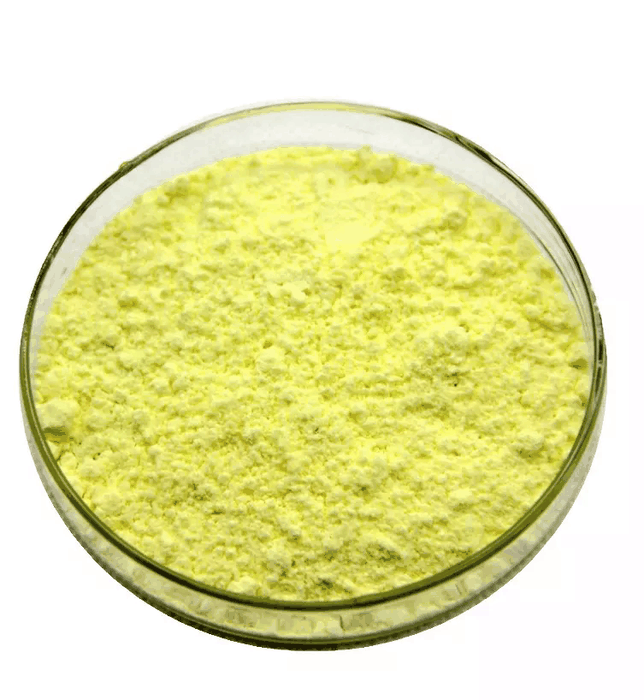 117467-28-4 Cefditoren pivoxil 98%View Details
117467-28-4 Cefditoren pivoxil 98%View Details
117467-28-4 -
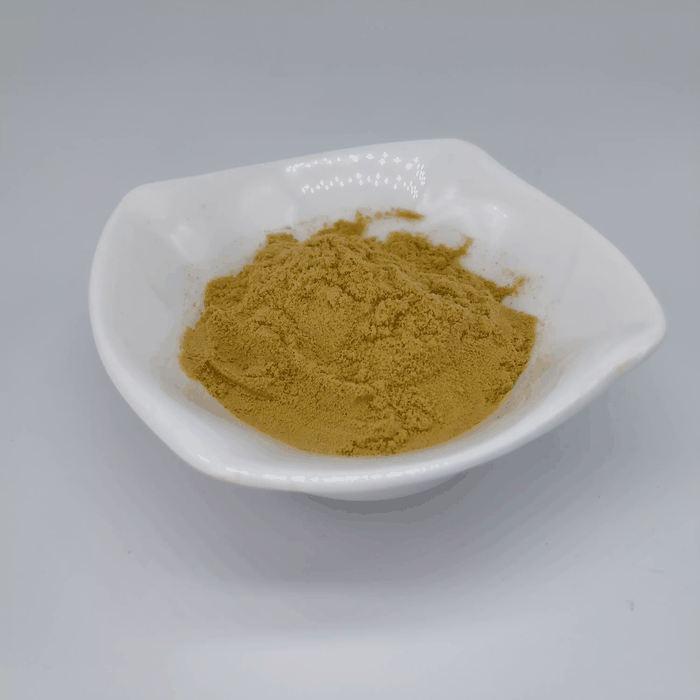 Cefditoren pivoxil 98%View Details
Cefditoren pivoxil 98%View Details
117467-28-4 -
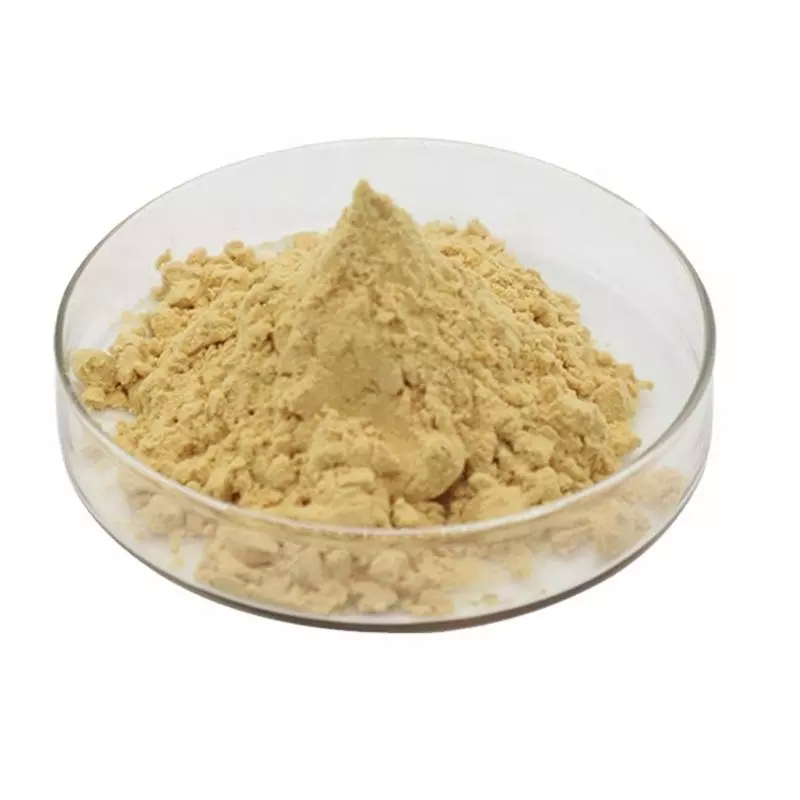 Cefditoren pivoxil 117467-28-4 98%View Details
Cefditoren pivoxil 117467-28-4 98%View Details
117467-28-4 -
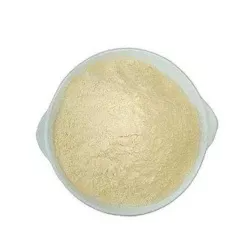 117467-28-4 Cefditoren pivoxil 98%View Details
117467-28-4 Cefditoren pivoxil 98%View Details
117467-28-4 -
 117467-28-4 98%View Details
117467-28-4 98%View Details
117467-28-4 -
 117467-28-4 99%View Details
117467-28-4 99%View Details
117467-28-4 -
 Cefditoren Pivoxil CAS 117467-28-4View Details
Cefditoren Pivoxil CAS 117467-28-4View Details
117467-28-4 -
 Cefditoren pivoxil CAS 117467-28-4View Details
Cefditoren pivoxil CAS 117467-28-4View Details
117467-28-4

